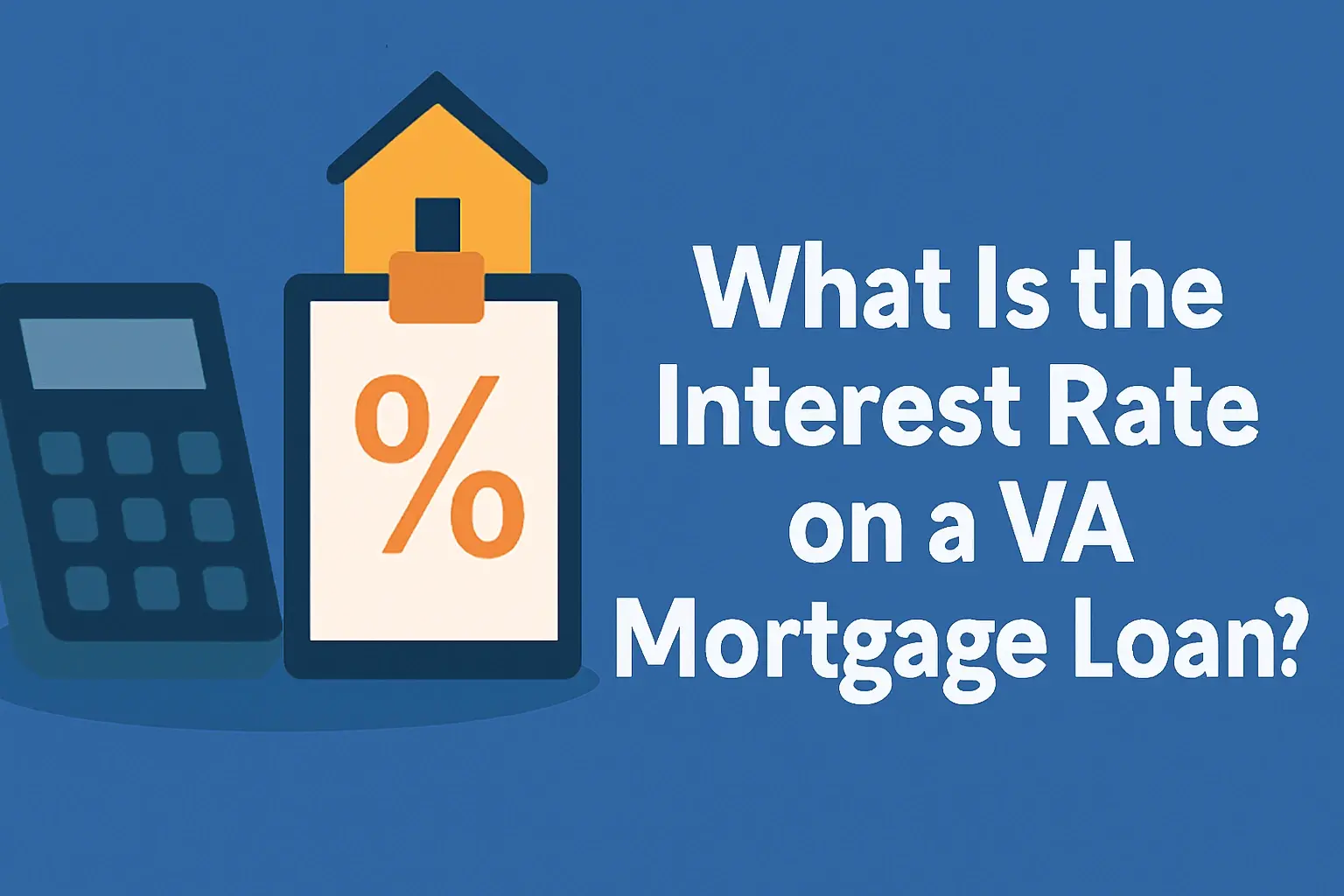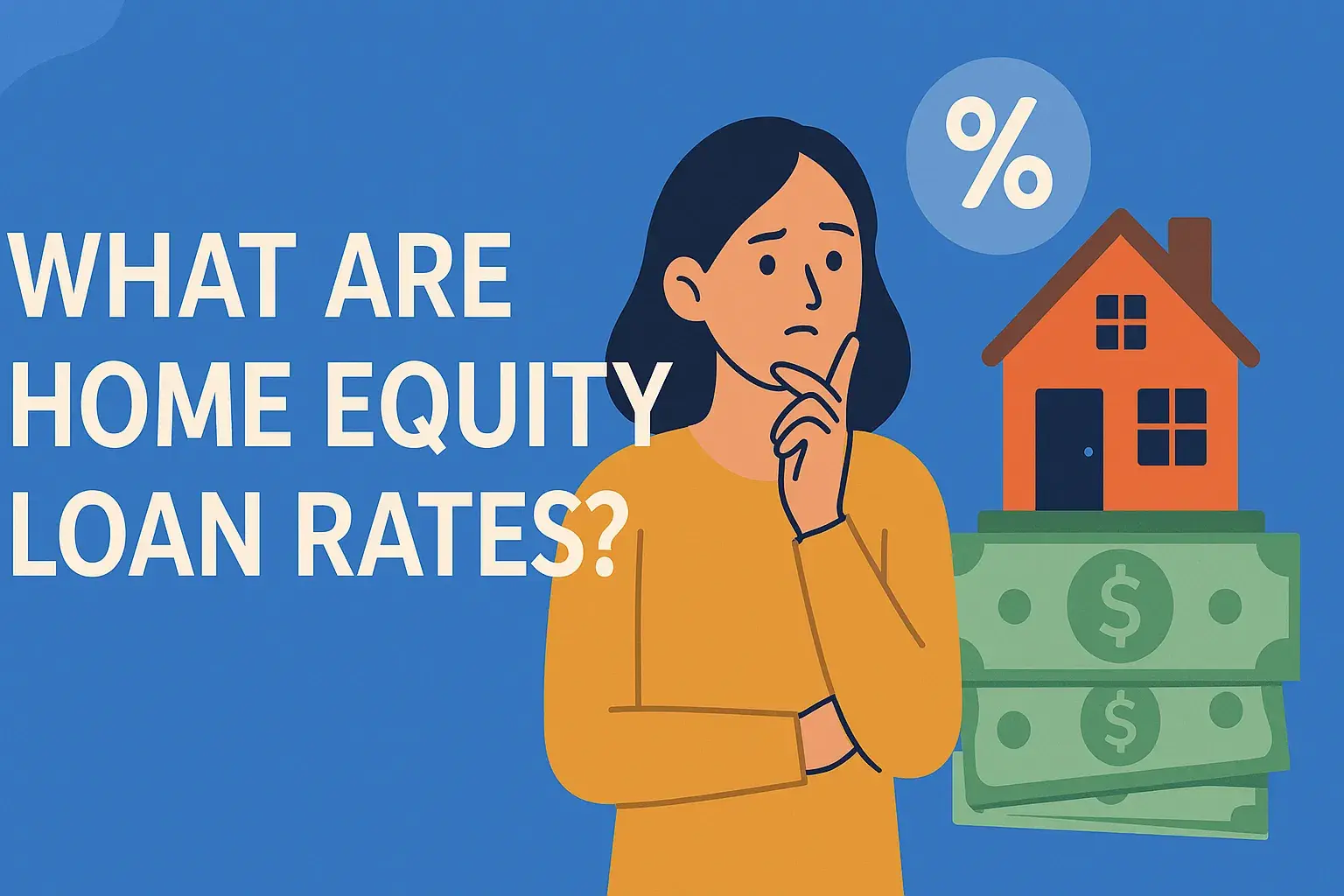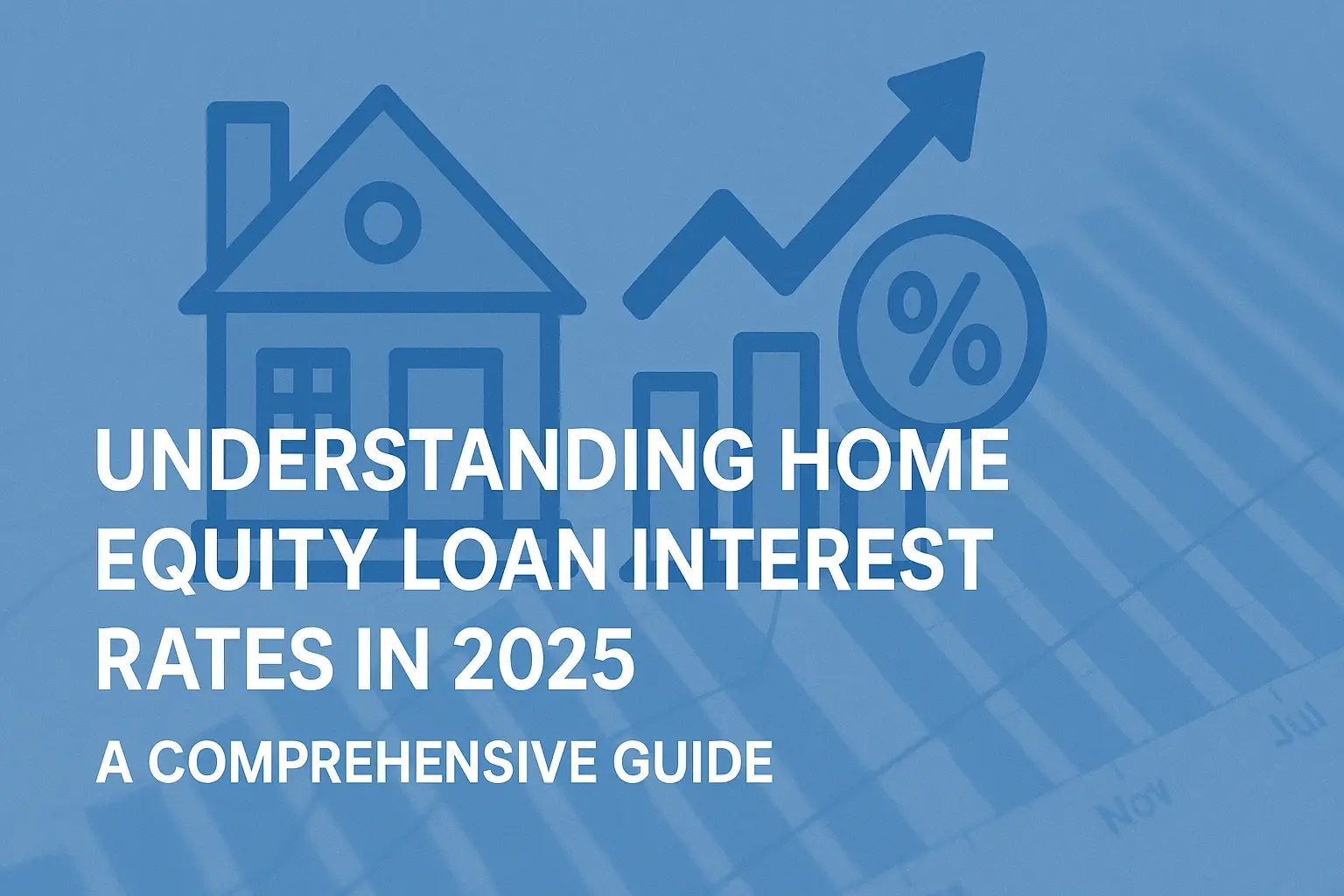-
Posted on: 31 Jul 2024
-
The dream of homeownership is a powerful one. But the question of affordability often looms large, especially when considering a significant purchase like a house. A common scenario is wondering: can I realistically afford a $300,000 house on a $50,000 salary? The answer, unfortunately, isn't a simple yes or no. It depends on a variety of factors, including your financial habits, location, and current economic climate. This guide breaks down the key considerations to help you determine if homeownership is within your reach.
Understanding the Basics of Affordability
Before diving into specifics, let's clarify what it means to "afford" a house. It's not just about making the monthly mortgage payment. It's about comfortably managing all the associated costs without sacrificing your financial well-being and future goals.
The 28/36 Rule: A Starting Point
A common guideline is the 28/36 rule. This rule suggests that no more than 28% of your gross monthly income should go towards housing costs (including mortgage principal and interest, property taxes, and homeowner's insurance). And no more than 36% of your gross monthly income should go towards total debt (including housing costs, credit card debt, student loans, and car payments).
Let's apply this to a $50,000 salary:
- Gross monthly income: $50,000 / 12 = $4,166.67
- 28% of gross monthly income: $4,166.67 * 0.28 = $1,166.67
- 36% of gross monthly income: $4,166.67 * 0.36 = $1,500.00
Based on the 28/36 rule, your total housing costs should ideally be no more than $1,166.67 per month, and your total debt payments shouldn't exceed $1,500.00 per month. Whether a $300,000 house aligns with these numbers depends on the other factors discussed below.
Key Factors Determining Affordability
The 28/36 rule is a guideline, but a comprehensive assessment requires a deeper look at your individual financial situation:
1. Down Payment
The size of your down payment significantly impacts your mortgage amount and monthly payments. A larger down payment reduces the loan amount, lowers your monthly payments, and can potentially help you avoid private mortgage insurance (PMI). Aiming for a 20% down payment is often recommended, but lower down payment options are available.
- 20% Down Payment on $300k house: $60,000
- 10% Down Payment on $300k house: $30,000
- 5% Down Payment on $300k house: $15,000
Saving a substantial down payment takes time and discipline. Explore options like down payment assistance programs or gifts from family to help reach your goal.
2. Interest Rates
Mortgage interest rates fluctuate based on market conditions and economic factors. A higher interest rate significantly increases your monthly payments and the total amount you'll pay over the life of the loan. Research current interest rates and consider locking in a rate when you find a favorable one.
To illustrate the impact, consider these scenarios for a $240,000 mortgage (assuming a 20% down payment on a $300k house) with a 30-year term:
- 3% Interest Rate: Monthly payment (principal & interest) ? $1,012
- 5% Interest Rate: Monthly payment (principal & interest) ? $1,288
- 7% Interest Rate: Monthly payment (principal & interest) ? $1,596
As you can see, even a small change in the interest rate can have a substantial impact on your monthly budget.
3. Property Taxes
Property taxes vary significantly depending on your location. High property taxes can significantly increase your monthly housing costs. Research property tax rates in the areas you're considering buying in to get an accurate estimate.
Example: Property tax of 1% annually on a $300,000 house would be $3,000 per year, or $250 per month.
4. Homeowner's Insurance
Homeowner's insurance protects your property from damage or loss due to fire, theft, or other covered events. The cost of homeowner's insurance depends on the coverage amount, location, and other factors. Get quotes from multiple insurers to find the best rate.
Example: Annual homeowner's insurance premiums could range from $800 to $2,000, translating to $67 to $167 per month.
5. Private Mortgage Insurance (PMI)
If you put down less than 20% of the home's purchase price, your lender will likely require you to pay private mortgage insurance (PMI). PMI protects the lender in case you default on your loan. PMI costs can range from 0.5% to 1% of the loan amount annually, and are added to your monthly mortgage payment. Once you reach 20% equity in your home, you can typically request to have PMI removed.
6. Debt-to-Income Ratio (DTI)
Your debt-to-income ratio (DTI) is a key factor lenders consider when evaluating your loan application. DTI is calculated by dividing your total monthly debt payments by your gross monthly income. Lenders generally prefer a DTI of 43% or lower. A lower DTI indicates that you have more disposable income and are less likely to default on your loan.
To calculate your DTI, add up all your monthly debt payments (including the estimated mortgage payment, credit card payments, student loan payments, and car payments) and divide by your gross monthly income.
Example: If your estimated monthly mortgage payment is $1,300, your other debts total $300, and your gross monthly income is $4,166.67, your DTI would be ($1,300 + $300) / $4,166.67 = 0.384 or 38.4%.
7. Credit Score
Your credit score is a numerical representation of your creditworthiness. A higher credit score indicates that you're a responsible borrower and are more likely to repay your debts on time. Lenders offer lower interest rates to borrowers with higher credit scores. Check your credit score and take steps to improve it if needed before applying for a mortgage.
8. Location, Location, Location
The cost of living varies significantly depending on your location. A $300,000 house might be perfectly affordable in a rural area but prohibitively expensive in a major metropolitan area. Research the cost of living in the areas you're considering, including housing costs, transportation costs, food costs, and entertainment costs.
9. Other Expenses
Don't forget to factor in other expenses associated with homeownership, such as:
- Home maintenance and repairs: Set aside a budget for routine maintenance and unexpected repairs. A general rule of thumb is to budget 1% of the home's value annually for maintenance.
- Utilities: Utility costs can vary depending on the size of your home, location, and energy efficiency.
- HOA fees (if applicable): If you're buying a home in a community with a homeowners association, you'll need to pay monthly or annual HOA fees.
- Moving expenses: Moving can be expensive. Factor in the cost of hiring movers, renting a truck, or purchasing packing supplies.
10. Lifestyle and Spending Habits
Be honest with yourself about your spending habits. If you prioritize travel, dining out, or other discretionary expenses, you may need to make adjustments to your lifestyle to afford a house. Create a budget and track your spending to identify areas where you can cut back.
Making it Work: Strategies for Affordability
Even if your initial assessment suggests that a $300,000 house is currently unaffordable on a $50,000 salary, there are steps you can take to improve your situation:
- Increase Your Income: Explore opportunities to increase your income, such as taking on a second job, freelancing, or pursuing a promotion.
- Reduce Your Debt: Pay down high-interest debt, such as credit card debt, to lower your DTI and free up more cash flow.
- Save More for a Down Payment: The larger your down payment, the lower your mortgage payment will be.
- Improve Your Credit Score: A better credit score can qualify you for a lower interest rate.
- Shop Around for the Best Mortgage Rates: Compare rates from multiple lenders to find the most favorable terms.
- Consider a Less Expensive House: Exploring homes in a lower price range can significantly improve your affordability.
- Consider a Different Location: Moving to a more affordable area can make homeownership more attainable.
Tools and Resources
Utilize online tools and resources to help you assess your affordability:
- Mortgage Calculators: Use mortgage calculators to estimate your monthly payments based on different loan amounts, interest rates, and down payment amounts.
- Affordability Calculators: Affordability calculators take into account your income, debt, and other expenses to determine how much you can realistically afford to spend on a house.
- Credit Score Websites: Check your credit score for free on websites like Credit Karma or Credit Sesame.
- Financial Advisors: Consider consulting with a financial advisor to get personalized guidance on managing your finances and achieving your homeownership goals.








